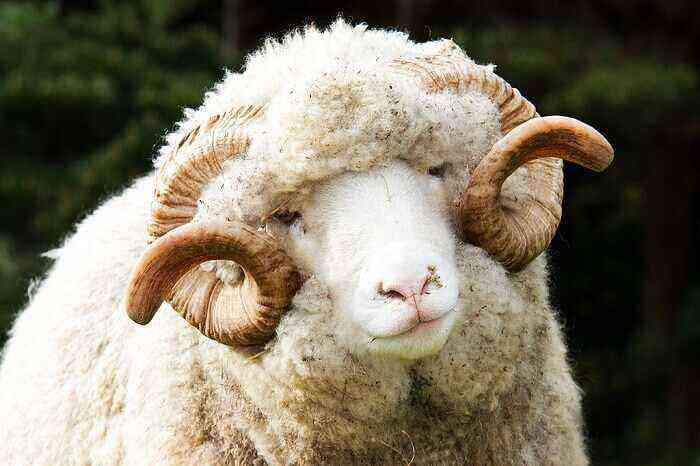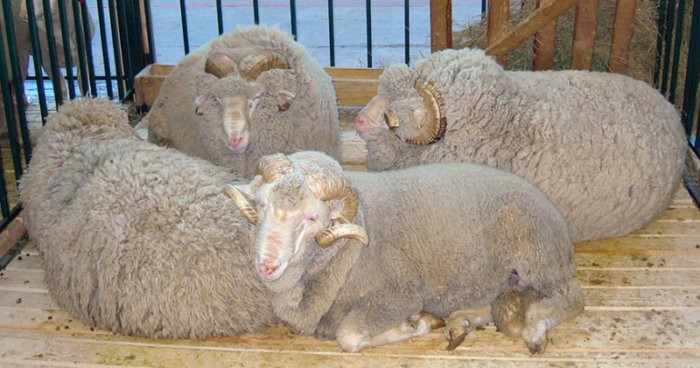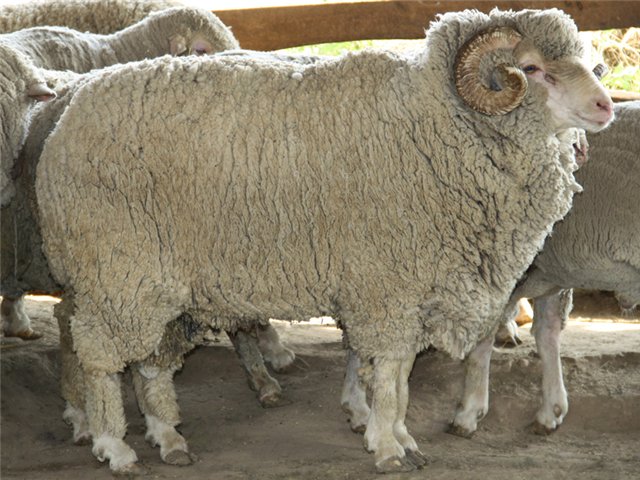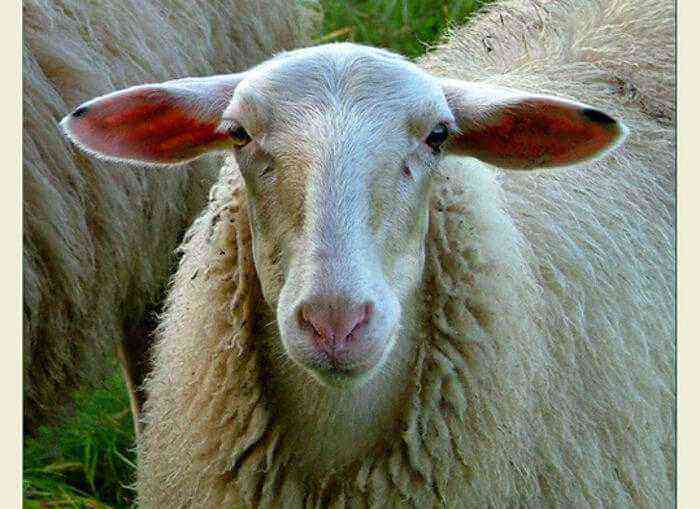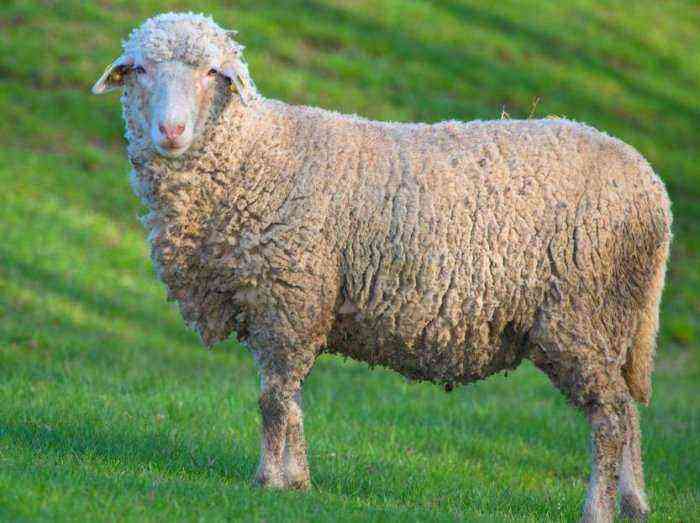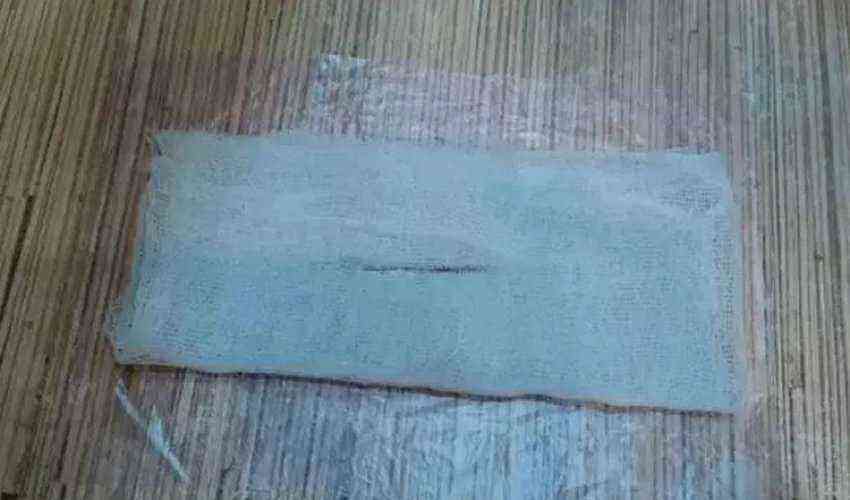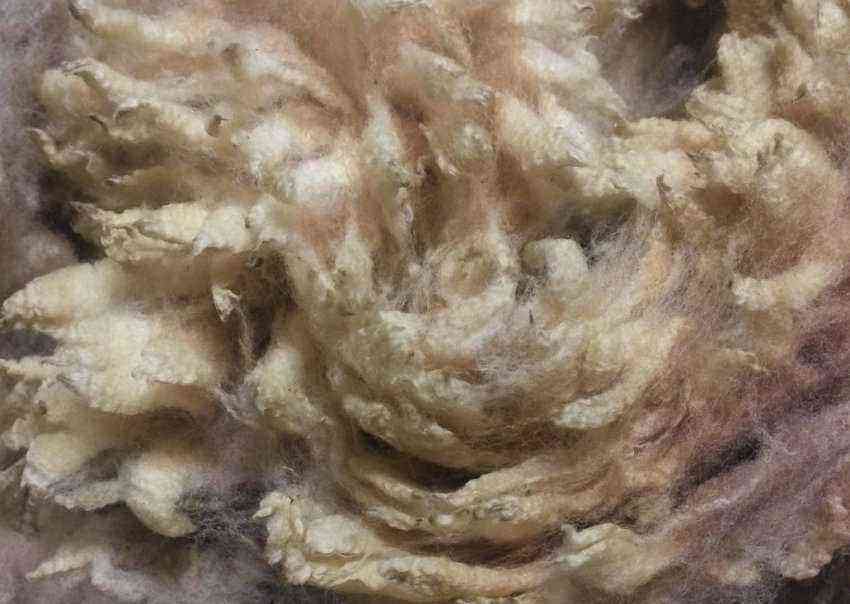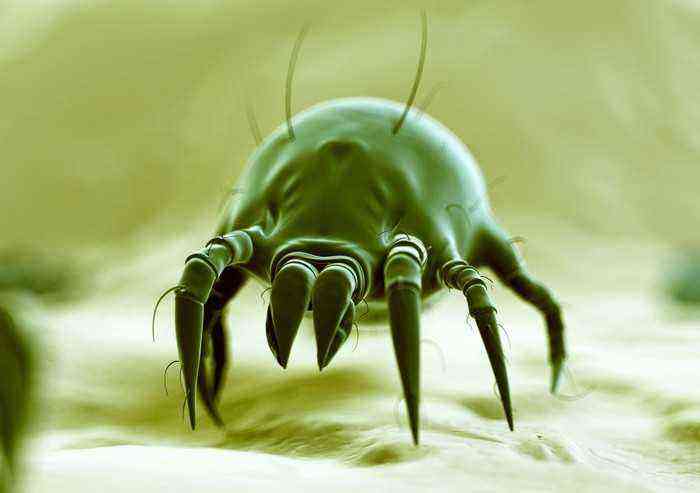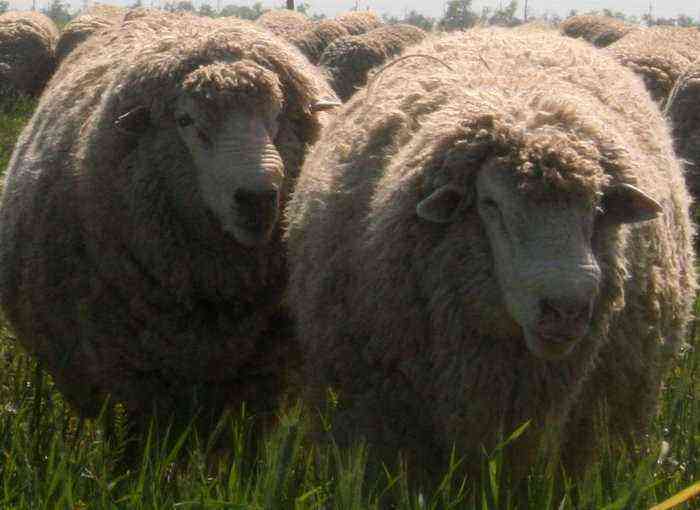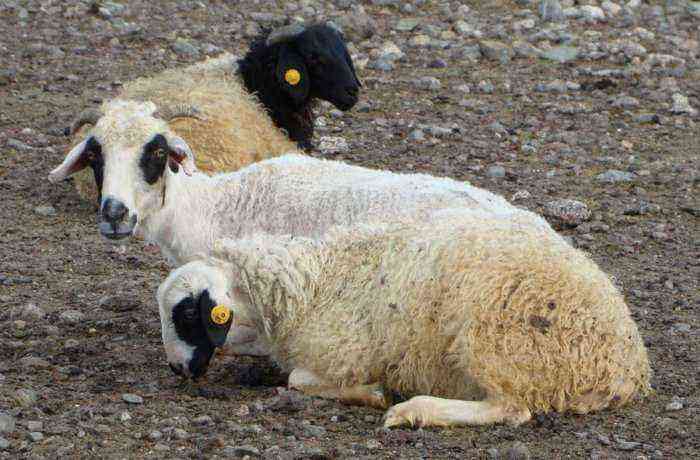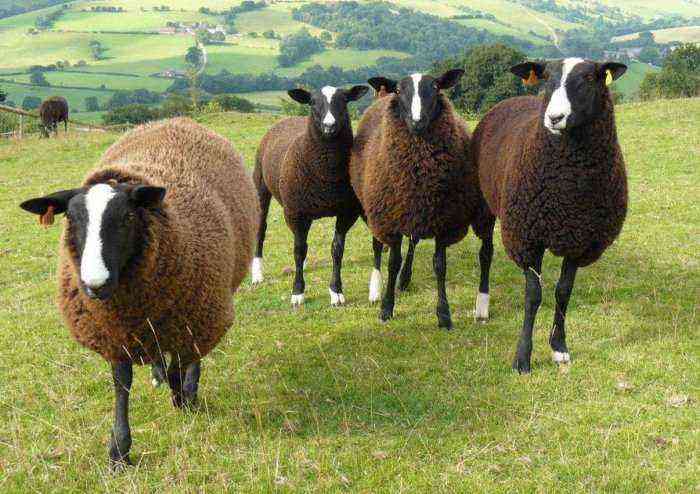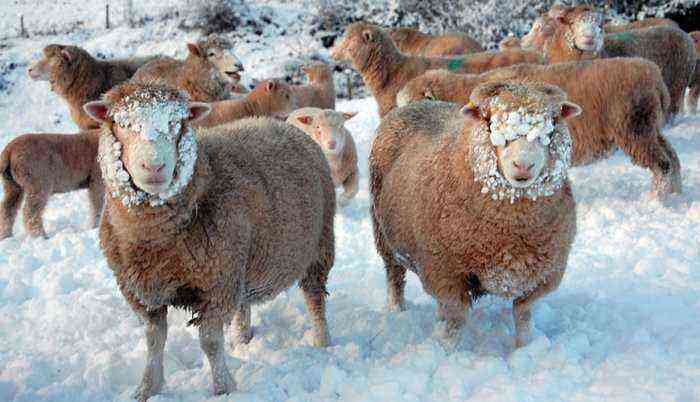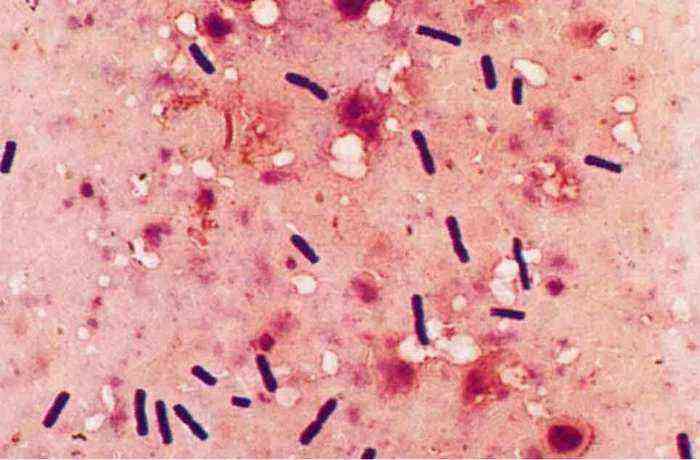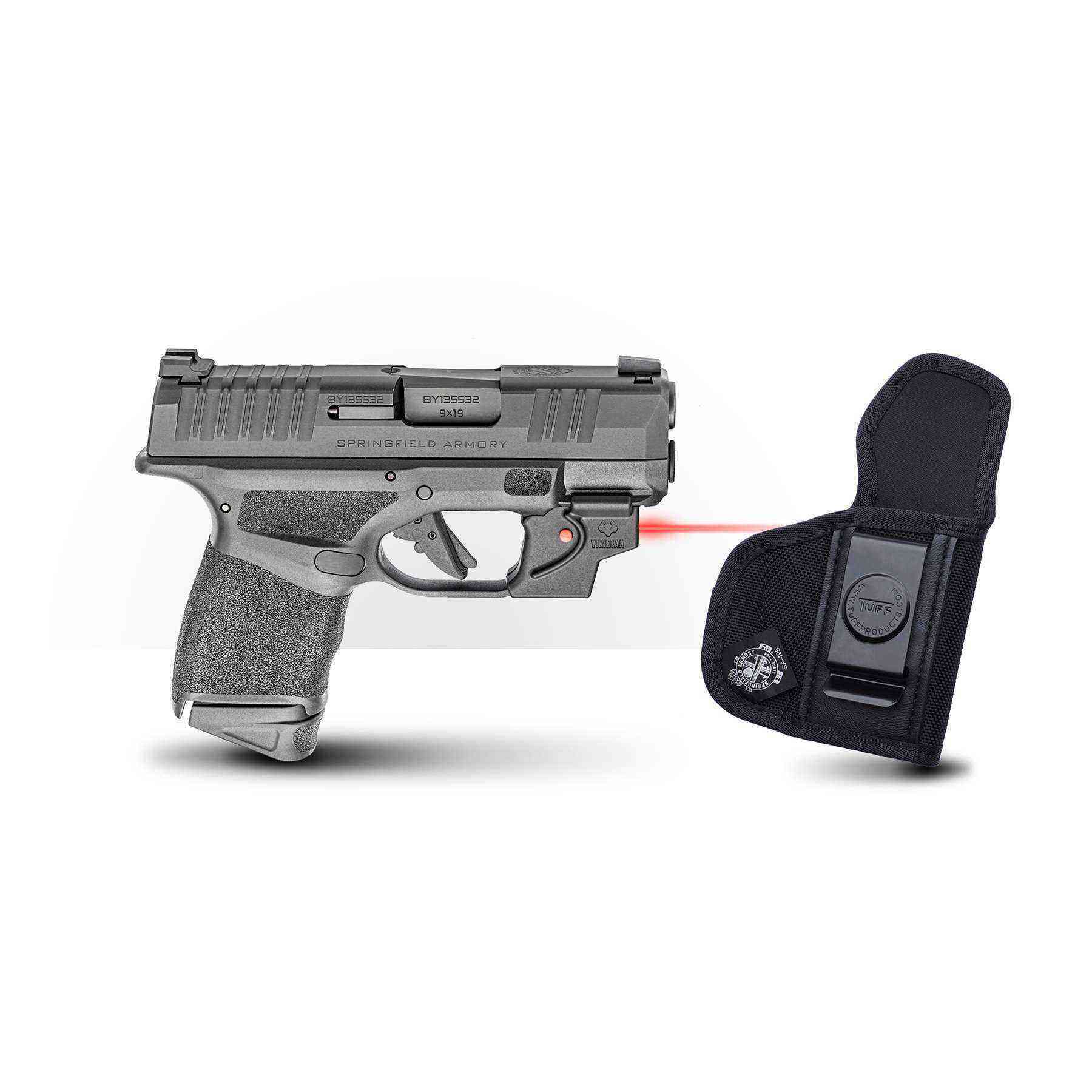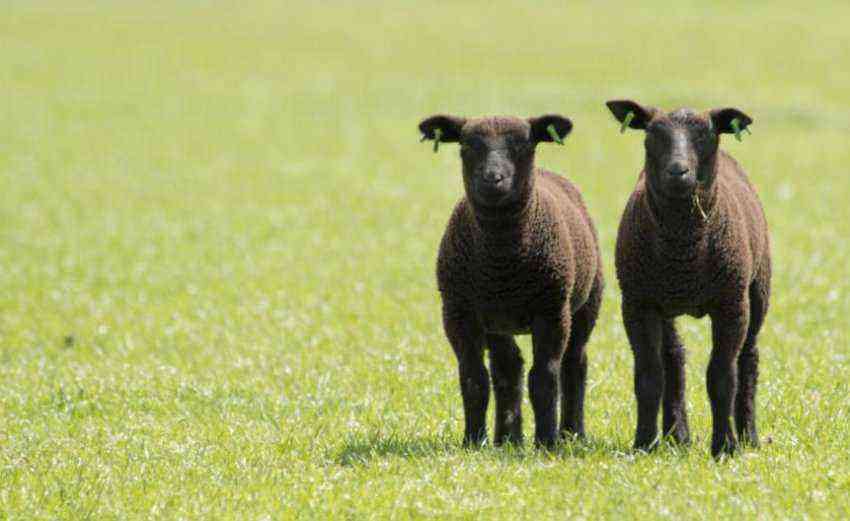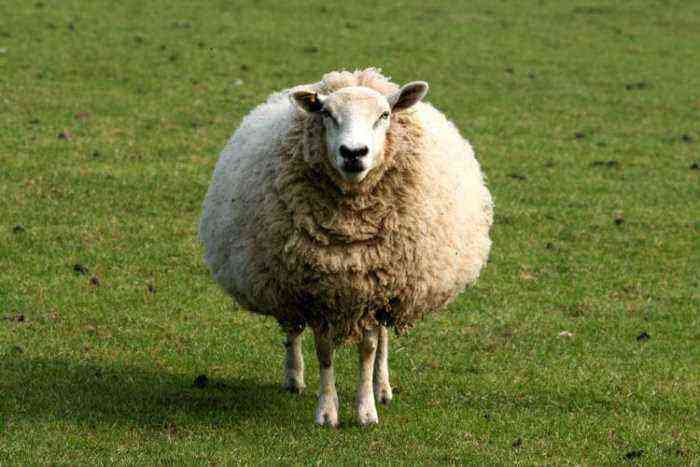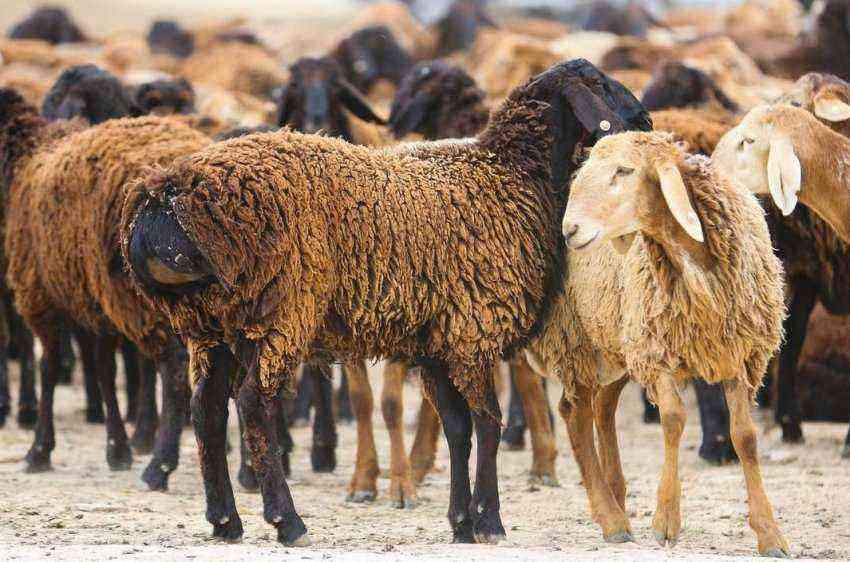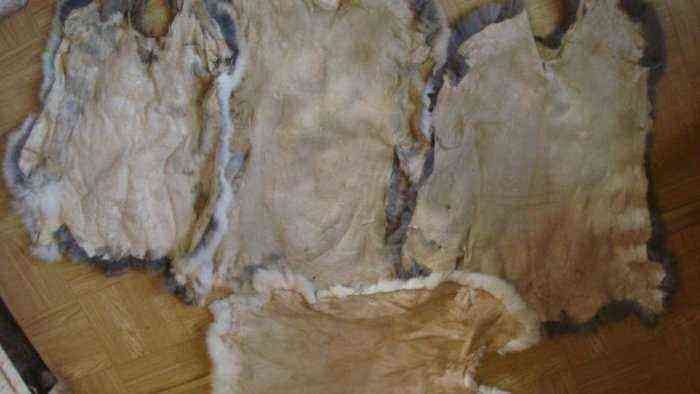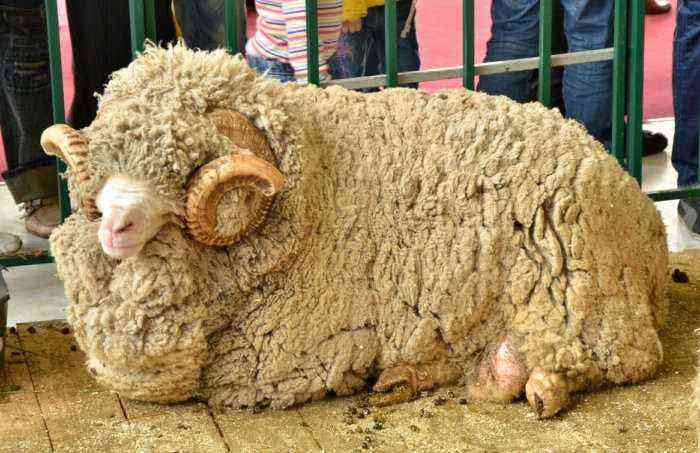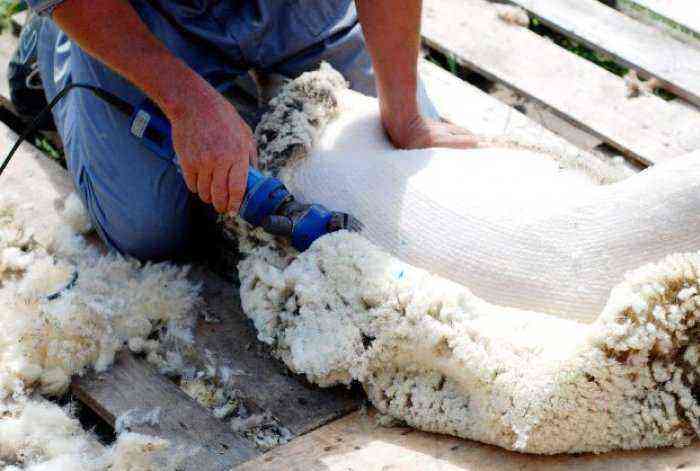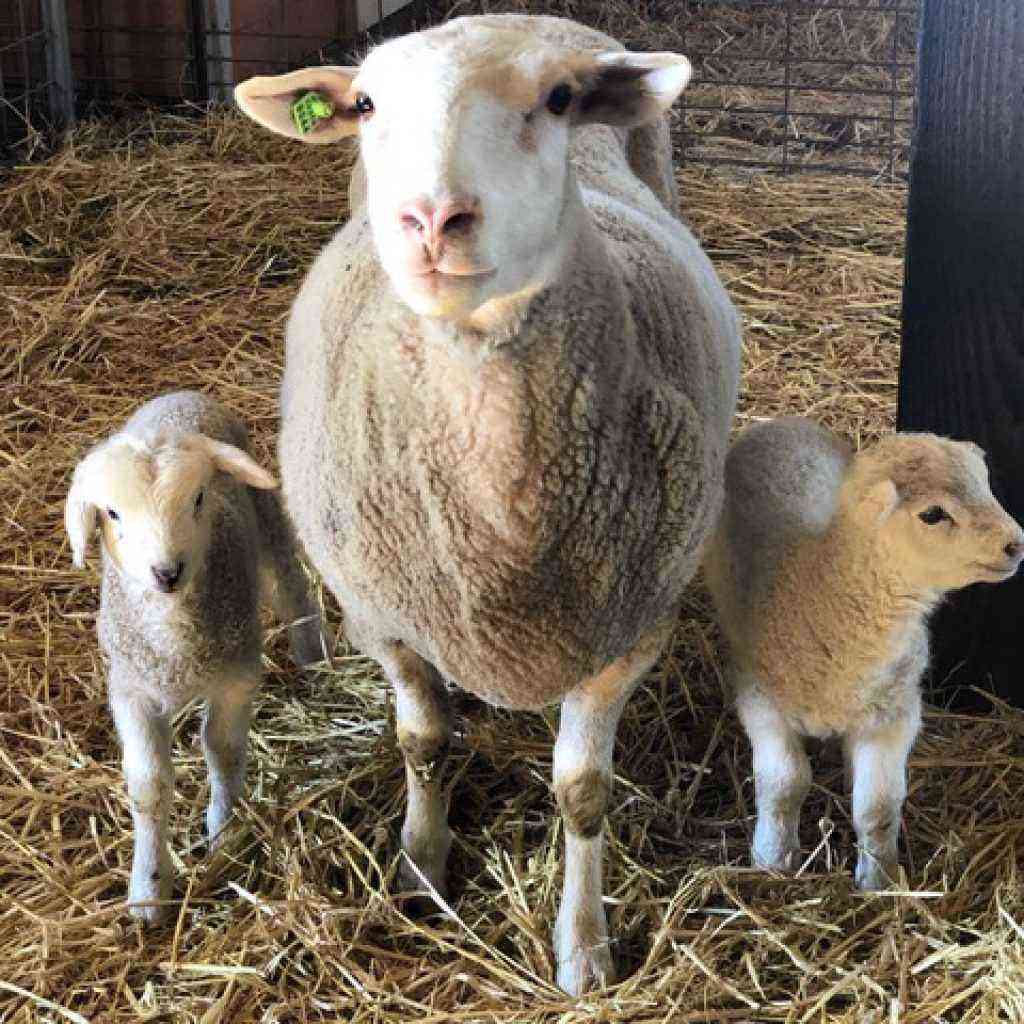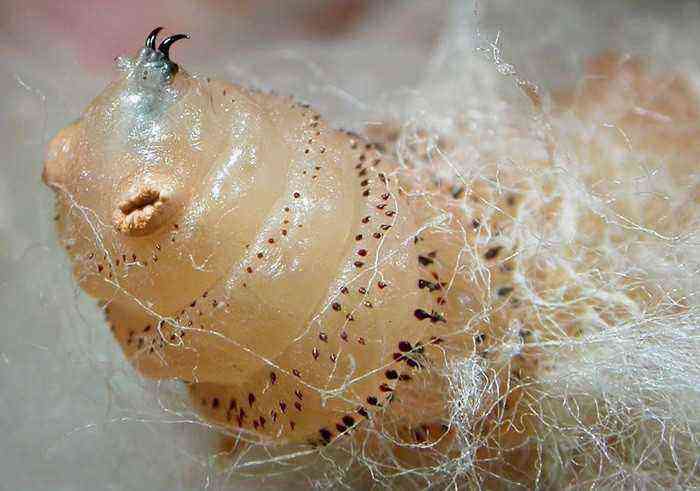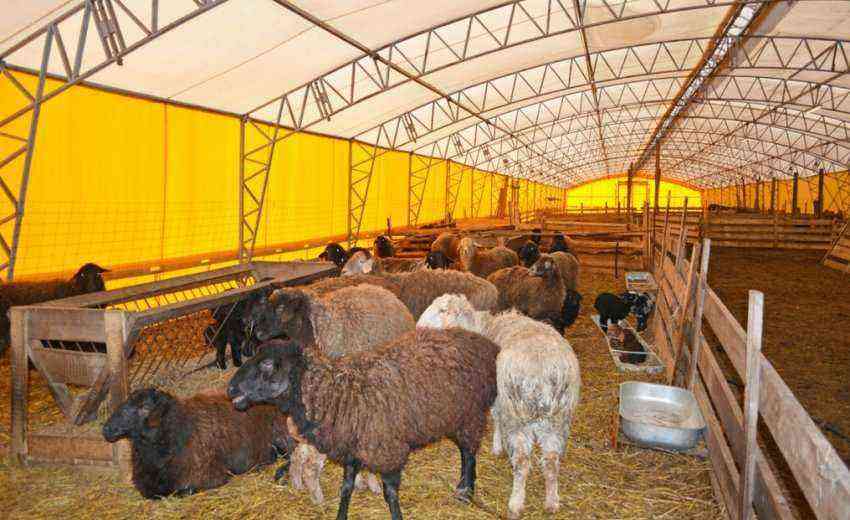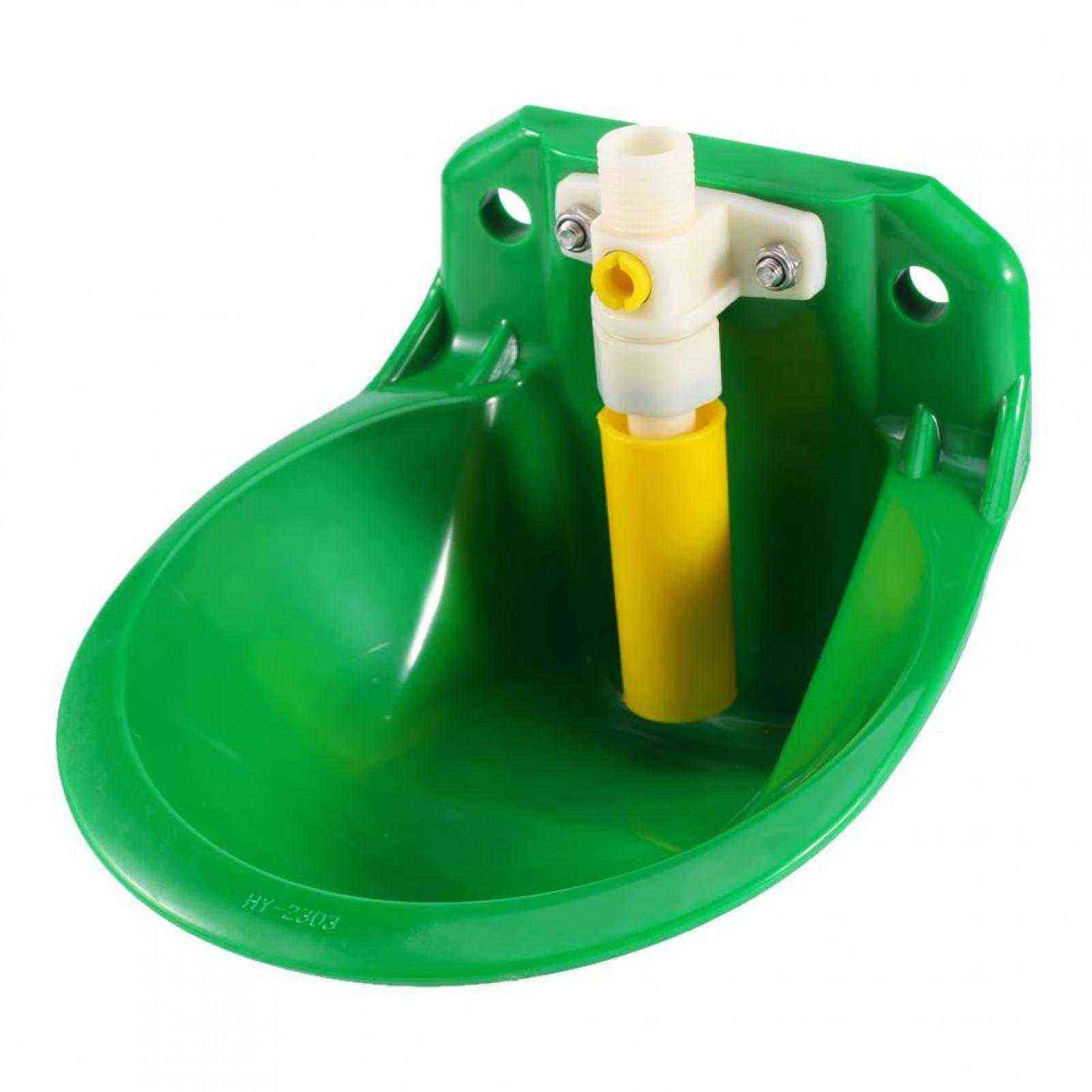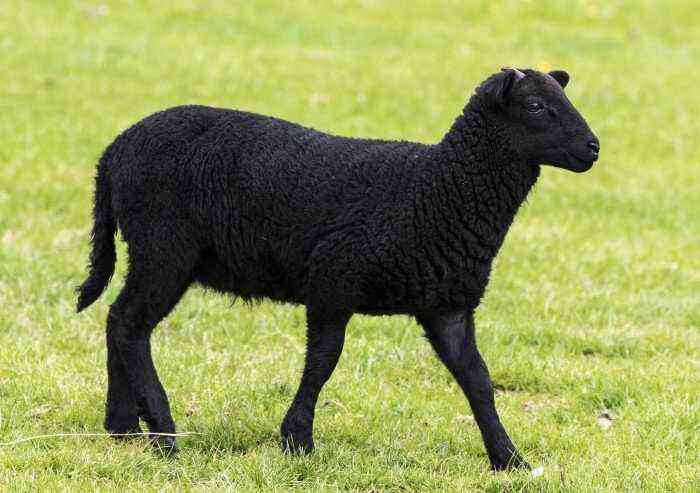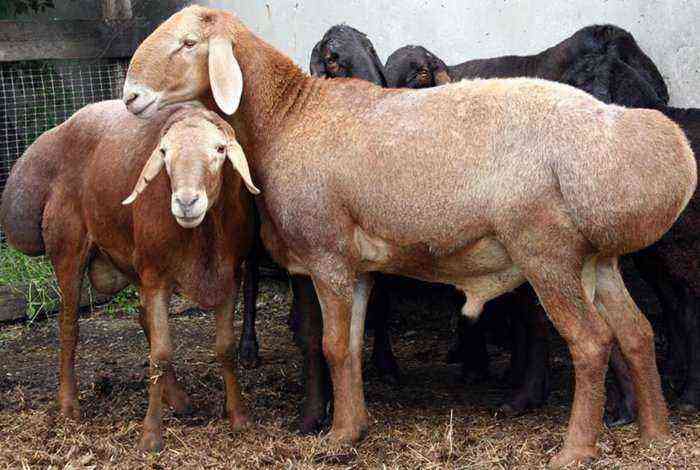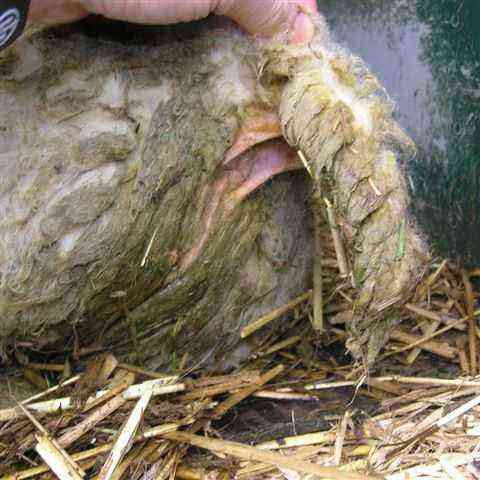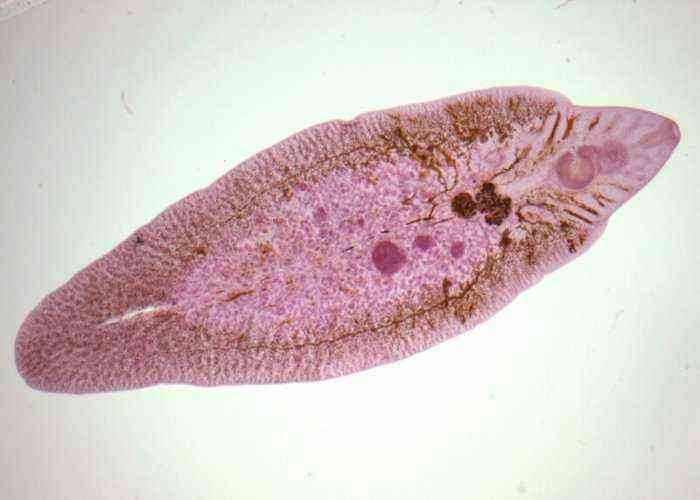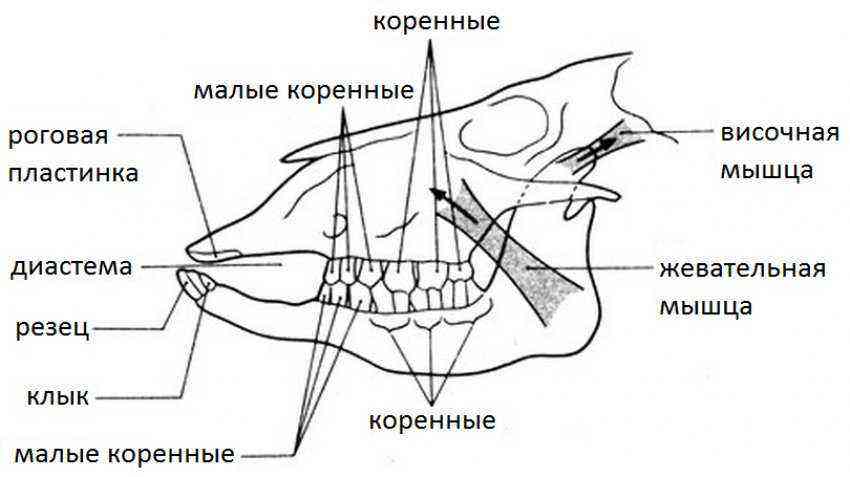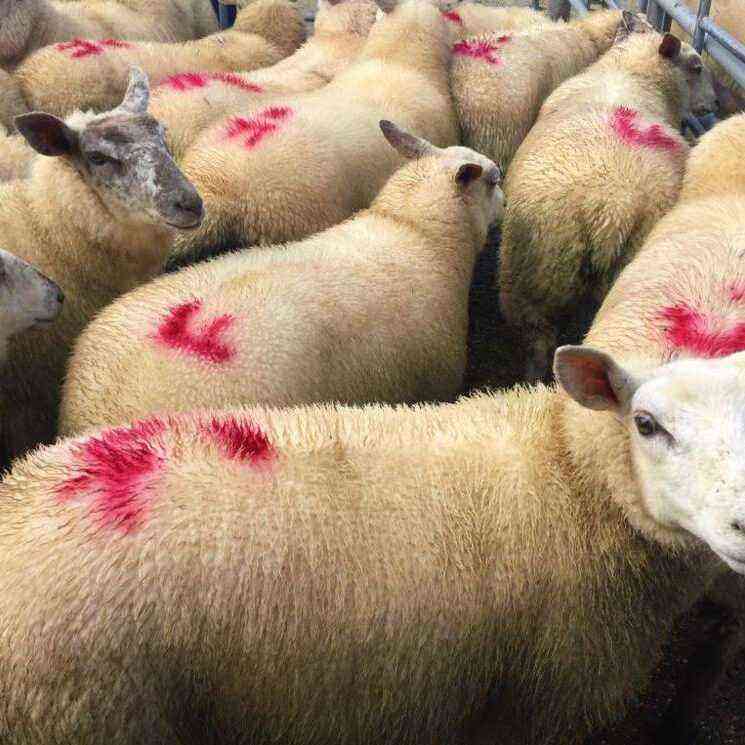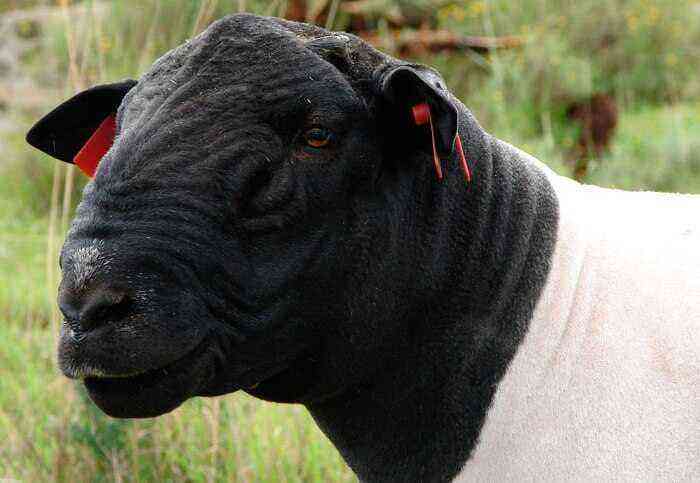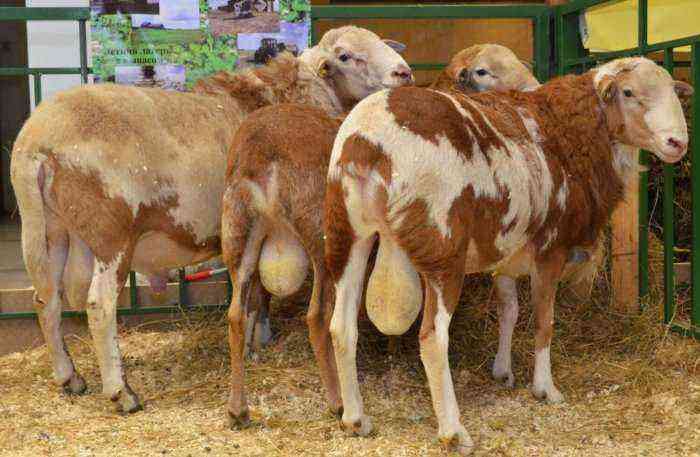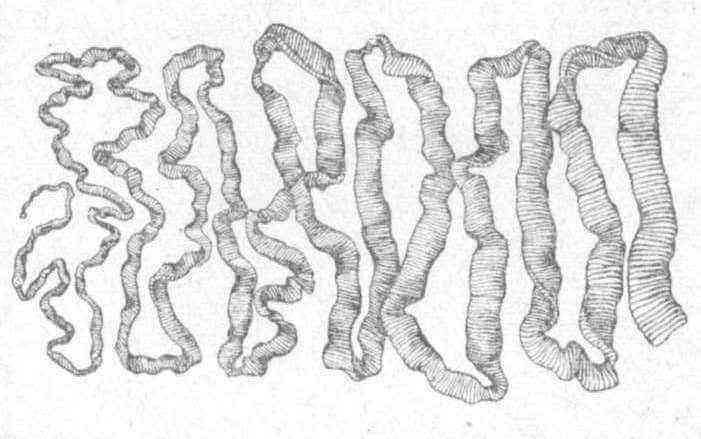The fine-fleeced sheep is a descendant of the Merinos, who inhabited the territories of Asia Minor long before the advent of our era. After the animals came to Spain. This country has long been a monopoly in the production of high quality wool, but in the 18th century merino sheep spread to other continents. Now there are quite a lot of breeds that are distinguished by a valuable thin fleece. They will be discussed in this article.
Fine-fleeced sheep
General characteristics of fine-wool sheep
Although there are many breeds of fine-fleeced sheep, they all have certain characteristics. A distinctive feature of these animals is a long thin coat. It has the following characteristics:
- The thickness of the fleece fibers does not exceed 25-30 microns. Such wool is assigned a 64-80 quality level.
- Down uniformity.
- The tortuosity of the hairs is high – up to 1 waves per 8 cm of length.
- The type of structure of wool fibers is staple.
- The average length of the fibers is 8-10 cm.
- Fur color is white or beige.
- The wool of Merino sheep has good thermal insulation properties.
- Lots of grease. It contains the antibacterial component lanolin.
Attention! From one kilogram of wool of fine-fleeced sheep, 3 times more raw materials for the manufacture of clothing are obtained than from the same amount of fleece of coarse-wool breeds.
Fine-fleeced sheep are animals with a well-developed skeleton, hardy and unpretentious. They prefer steppe pastures. One of the advantages of Merino is the ability to quickly adapt to different climatic conditions.
The main varieties
Fine-wool sheep are divided into 3 groups, depending on the direction of productivity:
- woolen;
- meat-wool, they are also called semi-fine-wool;
- meat.
Merino
The first group includes breeds and varieties of merino, which are grown solely for the sake of obtaining a fleece. It meets the highest quality indicators – level 80. Representatives of this group do not differ in large body dimensions, and there are skin folds on their neck. The average weight of rams is 80-90 kg, and females – 45 kg.
Attention! The annual shearing from a sheep of fine-wool breed is 8 kg, and from a male – up to 18 kg. The fleece of these sheep is used to make high-quality knitwear.
The second group includes sheep, characterized by increased body dimensions. They have a well-developed muscular system, and under the skin there is a layer of fat. The fleece of meat-wool breeds is coarser than that of fine-wool breeds, and the average annual shearing is less. They are bred for fleece and meat. The average weight of adult rams is 100 kg, and ewes – 55-60 kg. Fleece of meat-wool breeds has 64 quality level.
The third group includes sheep, the wool of which is much coarser than that of the two previous varieties. However, these animals produce good quality meat. The muscular system of breeds of the meat direction is well developed, the skeleton is strong. There are no wrinkles on the neck. The weight of the male reaches 110-120 kg, and the ewes – 65-70 kg. The average annual shearing from these sheep is 6 kg per ram and 4 kg per female.
Attention! One of the advantages of meat and wool sheep is precocity, that is, the ability of lambs to quickly gain weight.
Breed overview
Which breed of fine-fleeced sheep is better cannot be said unequivocally. When choosing a variety for breeding, a farmer must take into account not only productivity indicators, but also the climate of his area, the ability of animals to adapt to them. Popular Merino breeds:
- Soviet merinos;
- sal sheep;
- Stavropol;
- South Ural sheep;
- sheep prekos;
- Kazakh fine-wool breed.
Soviet merino
Soviet merino
Breeding work on breeding the Soviet Merino breed was carried out in 2 stages. It began in 1925 and ended in 1946. Representatives of this fine-wool breed are divided into 2 types – wool and meat-wool. In the first variety, 2 folds of skin are formed on the neck, located across, and in the second – one longitudinal.
Features:
- strong build;
- the body has the correct proportions;
- powerful backbone;
- there are 1 or 2 skin folds on the neck;
- limbs are powerful with direct setting;
- wool is dyed white;
- overgrown is high (thick coat evenly covers the entire body, except for the area of the eyes and the lower part of the legs);
- fiber length reaches 8-10 cm;
- fineness level 64-70;
- ram weight – 95-110 kg, ewes – 45-55 kg.
Attention! Soviet merinos, belonging to the meat-wool type, are more weighty, their average weight is 10-15 kg more than that of representatives of the wool variety.
The annual shearing of Soviet merinos reaches 12 kg (from a male) and 6 kg (from a ewe). Females of this breed have good maternal qualities. Every year, one hundred sheep are able to increase the livestock by 130-150%.
Salsk sheep
This breed was registered in 1950, breeders of the Rostov region were engaged in its breeding. Its representatives are distinguished by a strong physique, average body dimensions. There are 1 longitudinal and 2 transverse skin folds on the neck.
Salskaya sale of sheep
Features:
- weight of an adult male – 95 kg, females – 50 kg;
- long body;
- back line is straight;
- the chest is wide;
- grease of light shades;
- fleece of a staple structure, closed type, its length is 7-8 cm;
- fineness taken from sheep, 64 classes, from rams – 60 classes;
- clipping per year is 14 kg per male and 6 kg per female.
Attention! Sheep of the Salskaya breed are distinguished by good health and endurance.
Stavropol
The Stavropol breed of fine-fleeced sheep was registered in 1950. To obtain large animals with thick and fine hair, adapted to the conditions of the local climate, the New Caucasian and Australian merinos, Grozny rams and the Rambouillet breed were used.
Features:
- the animals are low, growth at the withers at the age of one reaches 62 cm, the uterus is slightly lower;
- the physique is strong;
- sheep weight – 100 kg; sheep – 50 kg;
- the back is straight;
- the loin is wide;
- the croup is slightly saggy;
- wrinkling of the skin on the neck;
- rune fibers are long – 9 cm;
- wool has a staple structure, the hairs are uniform;
- the belly, head and limbs of animals are heavily overgrown with wool, which makes it possible to obtain more raw materials from each individual;
- fat color is cream.
Attention! From Stavropol sheep it is possible to obtain a huge amount of wool per year. Shearing from a ram exceeds 15 kg, and from an ewe – 8 kg.
Stavropol breed of fine-fleeced sheep
The fleece of the Stavropol sheep is highly valued due to its softness and density. It belongs to the 64-70 class in terms of quality. After washing, the net yield of woolen raw materials exceeds 43%.
South Ural sheep
This breed was bred in the Orenburg region. Representatives of the prekos breed and local coarse-haired sheep were taken as a basis, which were distinguished by endurance and were adapted to the climate of the Urals. The descendants obtained as a result of crossing were first bred within the tribe, and later the blood of the Tsigai, Grozny, Stavropol and Caucasian breeds was mixed with them. The South Ural sheep was registered in 1968.
Features:
- large physique;
- the weight of the male reaches 120 kg, the uterus – 60 kg;
- round body;
- there is a burda on the neck;
- the overgrowth of the body is satisfactory;
- the length of the fibers is 7-9 cm, the fleece is strongly crimped;
- fineness class in ewes 60-64;
- the fleece is of a closed type, staple;
- after washing, the yield of pure wool often exceeds 50%;
- grease is light.
South Ural sheep belong to the meat-wool type. One of the advantages of the breed is rapid growth and weight gain. The meat of these animals is tender, juicy, almost devoid of a specific smell.
Sheep prekos
This breed originated in France. It was based on fine-fleeced merino wool from England and rambouillet sheep. Prekos belong to the meat and wool direction.
Precos
Features:
- strong skeleton;
- muscular physique;
- body weight in rams – 85-100 kg, in queens – 58-65 kg;
- wide setting of the legs;
- back line is straight;
- the sacrum and chest are wide;
- legs and head are devoid of hair;
- coat length – 8-10 cm, white;
- annual shearing from a ram – 8-9 kg, and from the uterus – 4-5 kg;
- grease of a beige shade.
Prekos sheep provide farmers with tasty and nutritious meat. One of the advantages of the breed is precocity. Lambs grow quickly and are sent to slaughter at 8-9 months of age. Prekos queens in 40% of cases bring 2 lambs in one lambing. However, breeders set a goal – to increase their fertility.
Attention! The net yield of wool fiber after washing at the precuts is close to 50%.
Kazakh fine-wool breed
Kazakh sheep of the meat and wool direction were created in the south of Kazakhstan in the period from 1931 to 1946. Their ancestors are local fat-tailed sheep and representatives of the rambouillet and prekos breeds.
Features:
- strong skeleton;
- large physique;
- the body is elongated cylindrical;
- polled animals;
- there are no wrinkles on the neck;
- sheep growth – 105-118 kg, uterus – 60-65 kg;
- fleece white, staple, closed type;
- fiber length – 8-9 cm, crimp within the normal range;
- fineness level 60-64;
- annual shearing from queens – 4-5 kg, from males – up to 11 kg.
Kazakh sheep meat and wool direction
Reference. Kazakh fine-fleeced sheep are valued for their endurance. They are adapted to year-round grazing. Eating even sparse vegetation, they quickly gain weight.
Fine-wool sheep breeds have gained popularity because they provide farmers with quality fleece, meat and milk. Some of these varieties have good health and stamina. Breeders are constantly working to improve the productivity and fertility of existing breeds.
